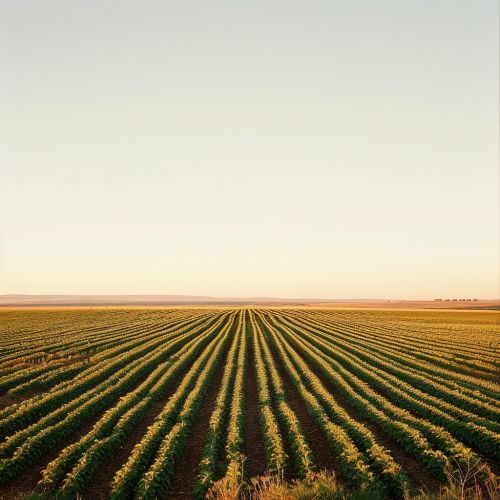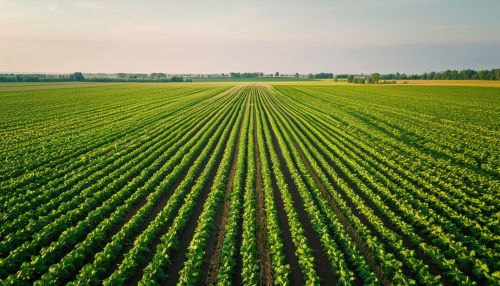Agricultural Practices Discussion
Overview
Agricultural practices refer to the collection of methods employed in the cultivation of crops and rearing of animals for food and other products used to sustain and enhance human life. These practices have evolved over time and vary across the world due to differences in environmental factors, socio-economic conditions, and technological advancements. The main types of agricultural practices include subsistence farming, commercial farming, shifting cultivation, nomadic herding, and intensive farming.


History of Agricultural Practices
The history of agricultural practices dates back to the Neolithic Revolution, around 10,000 BC, when humans first began to cultivate crops and domesticate animals. This shift from hunter-gatherer societies to settled farming communities marked the beginning of human civilization. Over the centuries, agricultural practices have evolved and diversified, influenced by factors such as climate, culture, technology, and socio-economic conditions.
Types of Agricultural Practices
There are several types of agricultural practices, each with its unique methods, advantages, and challenges. These include:
Subsistence Farming
Subsistence farming is a type of agriculture where the primary aim is to grow enough food to feed the farmer and their family. The main characteristic of this type of farming is that it is self-sustaining, with little or no surplus produce for trade.
Commercial Farming
Commercial farming involves the cultivation of crops and rearing of livestock for sale in the market. This type of farming is characterized by high levels of inputs and output, the use of advanced technology, and a high degree of market orientation.
Shifting Cultivation
Shifting cultivation, also known as slash-and-burn agriculture, involves the clearing of a piece of land by cutting down and burning the vegetation. The cleared land is then used for cultivation until its fertility decreases, at which point a new area is cleared, and the process is repeated.
Nomadic Herding
Nomadic herding is a type of pastoralism where livestock are herded in order to find fresh pastures on which to graze. This practice is common in regions where the quality of soil or climate makes crop cultivation unfeasible.
Intensive Farming
Intensive farming involves the cultivation of crops and rearing of livestock on a large scale, with a high level of inputs and output per unit of agricultural land area.
Modern Agricultural Practices
Modern agricultural practices have been developed to increase efficiency and productivity, while minimizing the environmental impact. These include the use of genetically modified crops, precision agriculture, vertical farming, and sustainable agriculture.
Challenges and Future Directions
Agricultural practices face several challenges, including climate change, population growth, and environmental degradation. However, advancements in technology and increasing awareness of sustainable practices provide opportunities for the future of agriculture.
